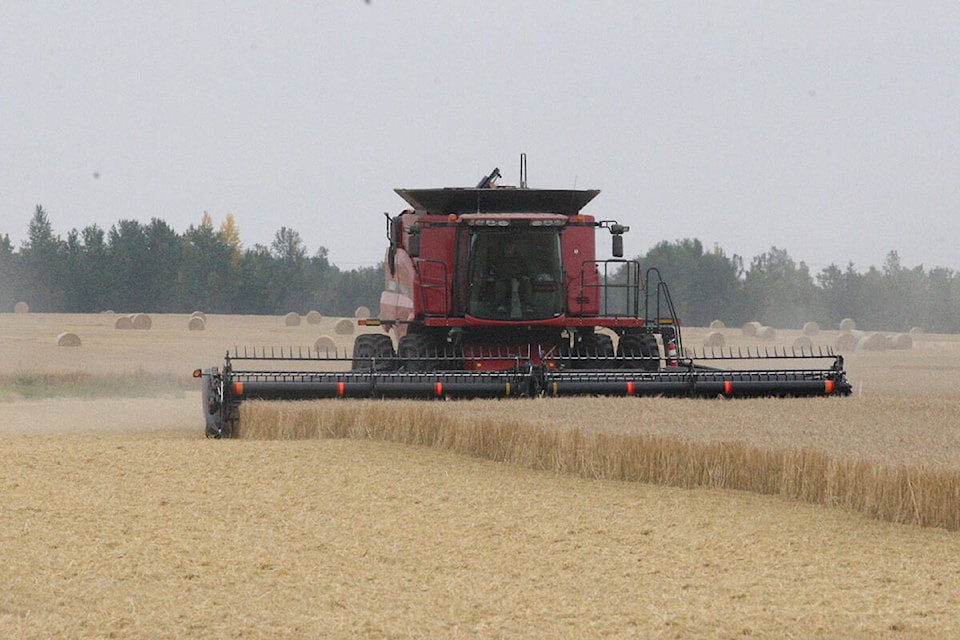Multiple times a day, every day, Canadians head into their kitchens to prepare food for their families.
While Canadians often don’t give a second thought to where that food comes from, there are farmers who work the fields everyday ensuring that Canadians have food to eat.
According to County of Paintearth assistant agriculture field man Trevor Kerr, the perception is that farming as a profession “is inherently dangerous,” however that doesn’t have to be case, particularly where agricultural chemicals are concerned.
Kerr notes that agricultural chemicals go through extensive testing on human and environmental safety before they are approved for use, the research often times taking as long as a decade and costing up to $10 million dollars.
“Despite the rigorous testing, there’s no reason to ignore the label,” said Kerr.
The label on an agricultural-chemical container is a legal document and outlines what safety precautions need to be be taken when using them.
“The label has the day-to-day usage requirements,” said Kerr.
Good rules to follow when dealing with chemicals is ensuring adequate ventilation when mixing and loading, wearing a face-shield, respirator, gloves or other personal protective equipment (PPE) as appropriate.
Depending on the age of your farm machinery, this could include wearing a respirator in the cab if it doesn’t have a cabin air filter, according to Kerr.
Because most of the chemicals used on the farm are easily absorbed through the skin, “gloves are one of the most basic safety rules,” said Kerr.
In the case of a chemical spill or fire, appropriate information for handling the emergency can be found in the product’s accompanying Material Safety Data Sheets (MSDS).
